Top 10 Most Common Types of Modelling in Nigeria
A lot of people including aspiring models view modelling as walking down the runway and taking photoshoots. Modelling is more than that. If you want to succeed as a model, you must know the different types of modelling and the ones that suit you best. To help you with this, we have compiled the most common types of modelling in Nigeria in this post.
Most Common Types of Modelling in Nigeria
1. Fashion Model
Fashion modelling is the most sought after in the modelling industry because of its lucrativeness. Within the industry, fashion modelling is often regarded as high fashion modelling. Fashion editorial models are faces you see on front covers and inner pages of magazines. The height requirement for fashion editorial models is between 5ft 9inches and 6ft for female models, and between 5ft 11inches and 6ft 2inches for male models. As fashion editorial requires models to work with fashion designers, the model requirements are often strict. Fashion editorial models are usually, tall, slim, distinctive, and are the complete package.
As a guide, other notable model statistics for fashion editorial models are the bust size (33inches), waist size (23inches), and hips size (33inches), and these statistics are often regarded as 33-23-33 (bust-waist-hips size). This doesn’t mean all fashion editorials are exactly 33-23-33, as there is a bit of flexibility around these stats which depends on the fashion designer. Modelling agencies will mostly consider fashion editorial models who are not far off these requirements.
2. Runway Model
Runway modelling is what comes to mind at first when talking about modelling. Runway or Catwalk models are the ones who grace fashion shows and advertise new clothing design. The models often work with fashion designers and help them to showcase their clothes to the public and bring it to life. Runway models are generally expected to be tall and slim, however, the male models are expected to have a body that is not too well-built so that they look realistic, move well in clothes, and allow people to appreciate the clothes they wear rather than anything else.
In a fashion show, you will find out that most runway models have a similar height which is evident in the strict adherence to particular model statistics. Hence, the reason why not all models would fit into runway modelling.
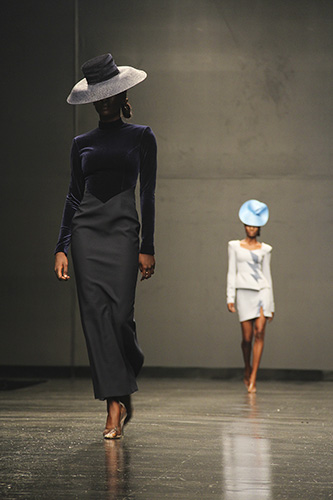
3. Commercial Model
Commercial modelling has the largest classification of models and this type of modelling covers a wide range of model requirements. As commercial models are required for a variety of purposes, they can be of any age, size or height. Commercial models must have a good-looking face, character, and personal qualities to excel. Some of the places a commercial model is needed include advertisement of products and services, product demos, commercial lifestyle, TV, trade shows, live events and more.
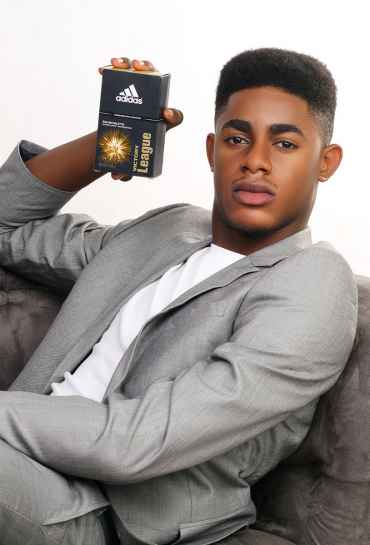
4. Swimsuit & Lingerie Model
These models advertise lingerie, undergarments, sleep wears, swimsuits and other exciting varieties. They need to have a great shape as they will be showcasing a lot of their body. Swimsuit and lingerie models need to be curvy and more curvaceous than fashion models. They can also work for showroom companies.
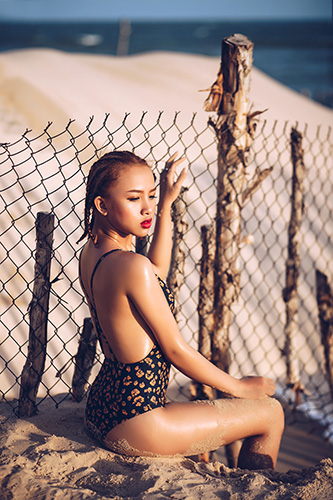
5. Fitness Model
Fitness models are mostly health enthusiasts and they help brands to showcase products that have to do with maintaining a great but healthy look. Fitness models are usually athletic and finely toned. They can land modelling jobs with supplement manufacturers, nutrition companies, athletic wear companies, fitness companies and so on.
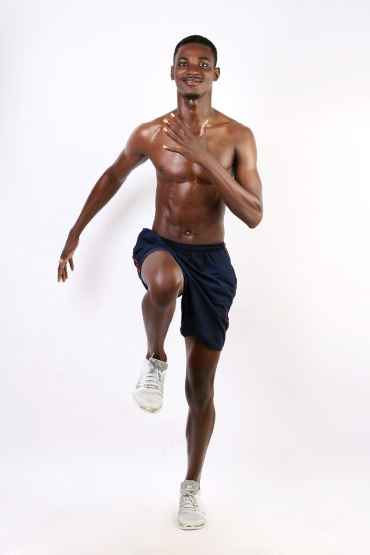
6. Plus-Size Model
Plus-size models represent brands carrying fashion pieces for women on the big size. The plus-size model market has gained increasing importance in recent times and lends some credence to the move towards diversity in the modelling industry. Plus-size models are size 12/14 or higher and are generally between 5ft 6inches and 5ft 10inches.
7. Petite Model
Petite models are used for all kinds of modelling jobs including parts modelling, swimsuit and lingerie modelling and so on. They are called petite because of their body size and they do not work on the runway since runway models are taller than their usual height of 5ft 7inches. If you are tall or thin, you can still get a place in modelling. You can even get exciting job opportunities than you thought possible.
8. Parts Model
Parts models focus on modelling body parts like eyes, teeth, feet, hands, abs etc. instead of their full body. Parts models can work for jewellery, nails, eyelashes, shoe brands, beauty products etc. Parts models require is a body part that looks perfect, well proportioned, and meets the client’s requirement. As an example, if you are modelling for nail related products, you want to make sure that your hands look neat and clean.
9. Promotional Model
Promotional models help clients to advertise products and services at big events like trade shows, conventions, live events and so on. Promotional models act as the face of a brand and should have good knowledge of the product or service they are promoting and influencing. As a requirement, promotional models need to be outgoing, lively, intelligent and able to talk about the product they promote.
10. Prints Model
Prints model take jobs that would be showcased on printed ads and materials like brochure, leaflet, flyers, magazine, newspaper, websites, articles and so on. Print models can also advertise promotional materials for companies, and they do not adhere to any particular model statistics.
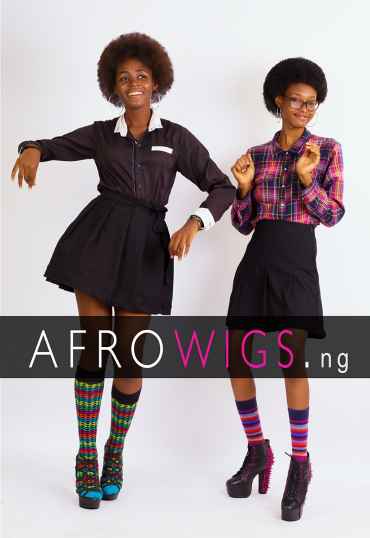
If you are looking for information on how to become a model or want to be scouted by one of the best modelling agencies in Nigeria, knowing the types of modelling available is a good place to start, as this will help you to figure out where you fit early enough. Hence, the reason why we have created this post. Finally, you need to take necessary measurements to know your model statistics, shortlist the types of modelling that you meet the minimum requirement, and decide on which of the modelling types shortlisted suit you best. Then make the next move by applying to become a model here.

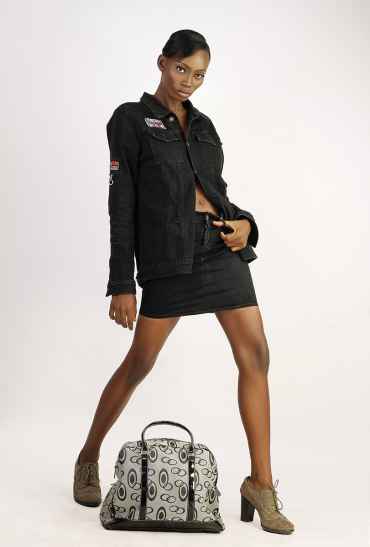
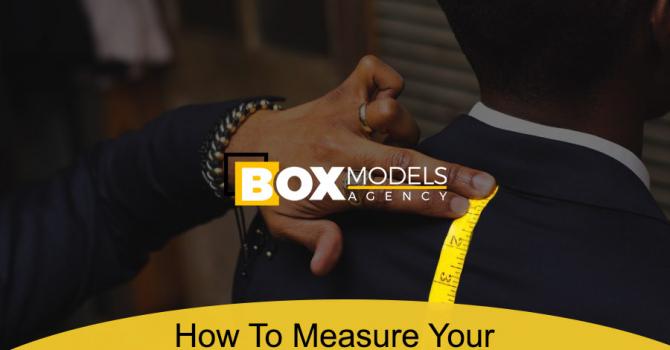
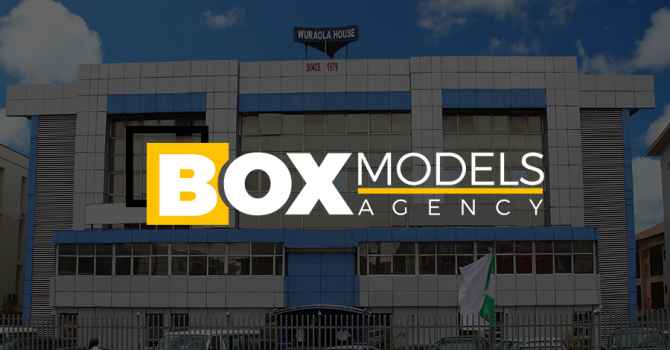
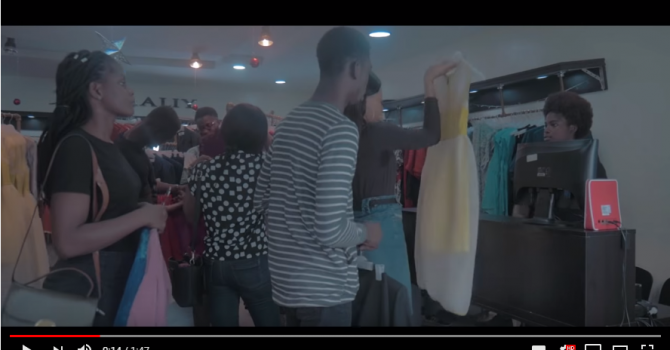
2 Comments
Comments are closed.